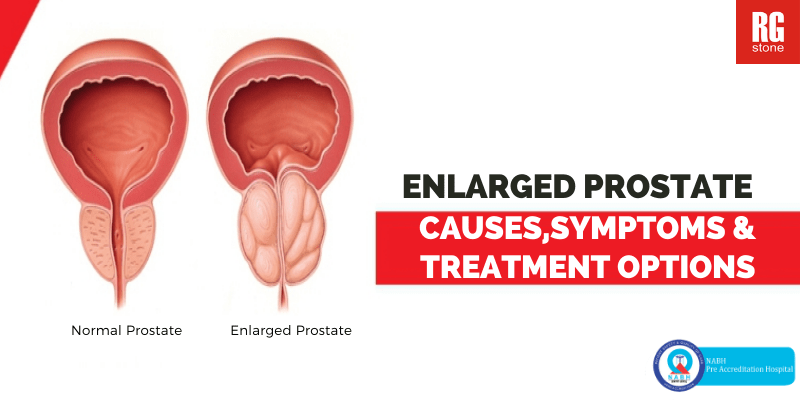Erectile Dysfunction is a medical condition in which the male fails to maintain an erection firm enough to do sexual intercourse successfully. Erectile Dysfunction, also known as ED is a common problem and can happen due to several factors. While occasional ED is often encountered by men of all ages and is not of great concern, frequent ED must be reported to an expert and treatment should be sought. There can be underlying health problems that can cause erectile dysfunction. A person dealing with ED has to undergo a lot of emotional and mental trauma and hence medically should be sought as soon as possible.
Common causes of erectile dysfunction
Erection is a complete process and any problem with one of its states can cause erectile dysfunction. The penis erects when the blood flow increases in its vein. The reasons behind the increased blood flow can be physical touch, sensual touts, or participation in any other sensual activity.
A sexually aroused man’s penis muscles start relaxing which gives way to the blood to enter the artilleries which further fill the two chambers of the penis. These two chambers, when fully filled, cause the complete erection. Upon ejaculation, the muscles start contracting again and the blood starts flowing backward leaving the penis in a normal state.
A number of reasons can hamper this process, including:
- cardiovascular disease
- diabetes
- hypertension
- high cholesterol level
- obesity
- low testosterone levels
- hormone imbalances
- kidney disease
- aging
- stress
- anxiety
- depression
- relationship problems
- prescription medications
- sleep disorders
- drugs
- alcohol
- tobacco products
- health conditions like Parkinson’s disease or multiple sclerosis (MS)
- injury to the pelvic area
- Previous surgery
- Peyronie’s disease
One or a combination of many above stated reasons can be the cause of erectile dysfunction in a man.
Diagnosis of erectile dysfunction
Diagnosing ED involves a lot of steps and methods depending upon your sexual history and health condition. Some of the common methods used are:
Physical examination
The doctor would perform a physical examination to identify the problem. The doctor would check the heartbeat, lungs movement, as well as check your testicles and penis. A thorough prostate test would also be performed to check the internal functions.
Psychosocial history
The doctor would also ask you several personal questions revolving around your sexual history. The doctor would ask your frequency of sexual intercourse as well as how long have you been experiencing such a problem.
Misc. tests
In addition to the above, the doctor would also recommend you to undergo a few tests including ultrasound, Nocturnal penile tumescence (NPT) test, Injection test, Urine tests, and Blood tests.
Treatment for Erectile Dysfunction
At RG Stone Urology and Laparoscopy Hospital, we offer you a range of treatment options for Erectile Dysfunction. Depending upon the cause behind ED, the experts would offer you the right treatments including:
Medication
The doctor would suggest medicines to control the symptoms of ED. Some of the common medicines prescribed by the experts include:
- avanafil (Stendra)
- sildenafil (Viagra)
- tadalafil (Cialis)
- vardenafil (Levitra, Staxyn)
Talk Therapy
Many times, the reasons behind the ED can be psychological and can be treated effectively by talking to a specialist. These reasons include stress, anxiety, post-traumatic stress disorder (PTSD), and depression.
Vacuum pumps
At RG hospital, we offer you complete assistance and a reliable solution for your ED problem. You can confide in our expert doctors and let them diagnose the reasons for ED and offer you the best treatment.






